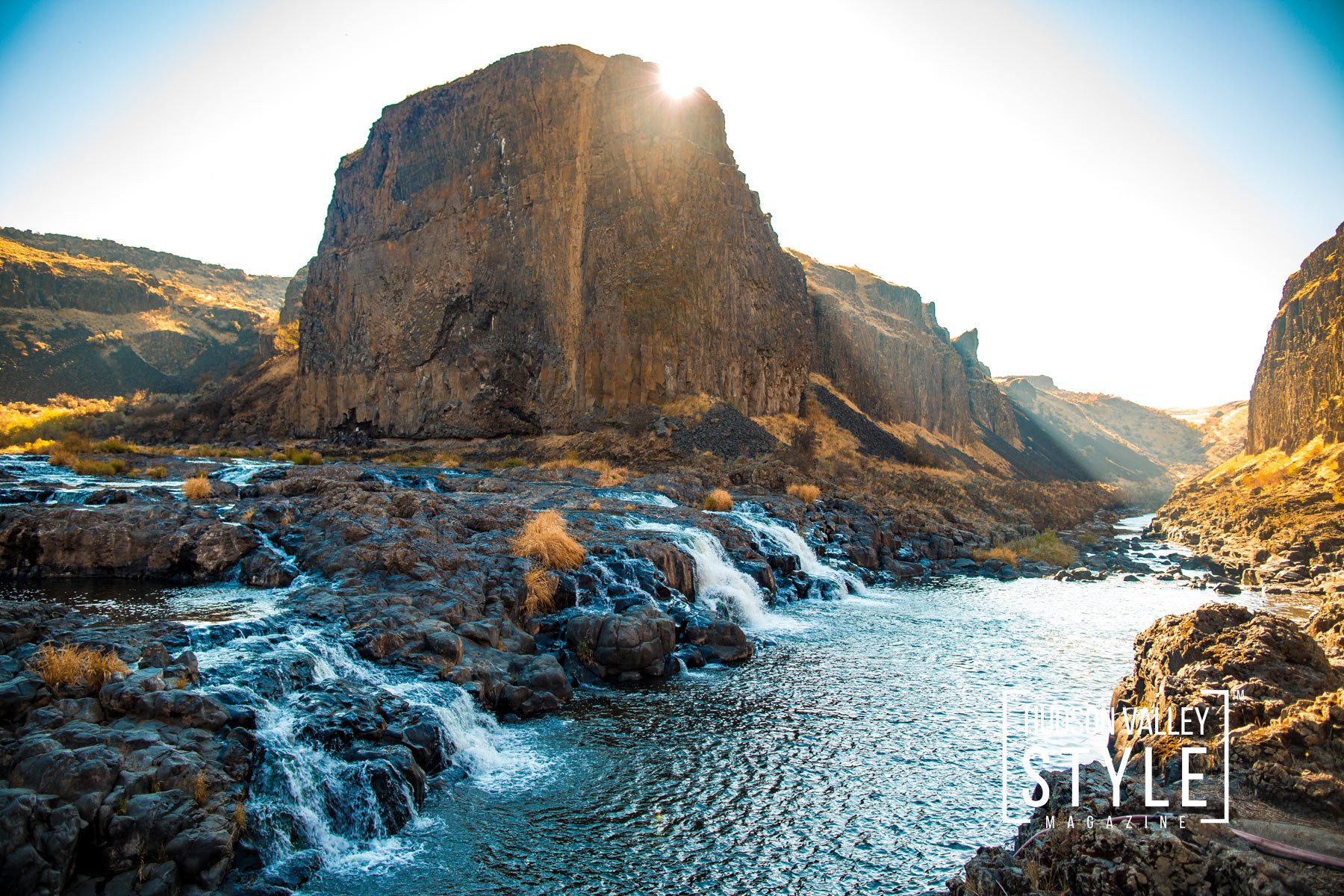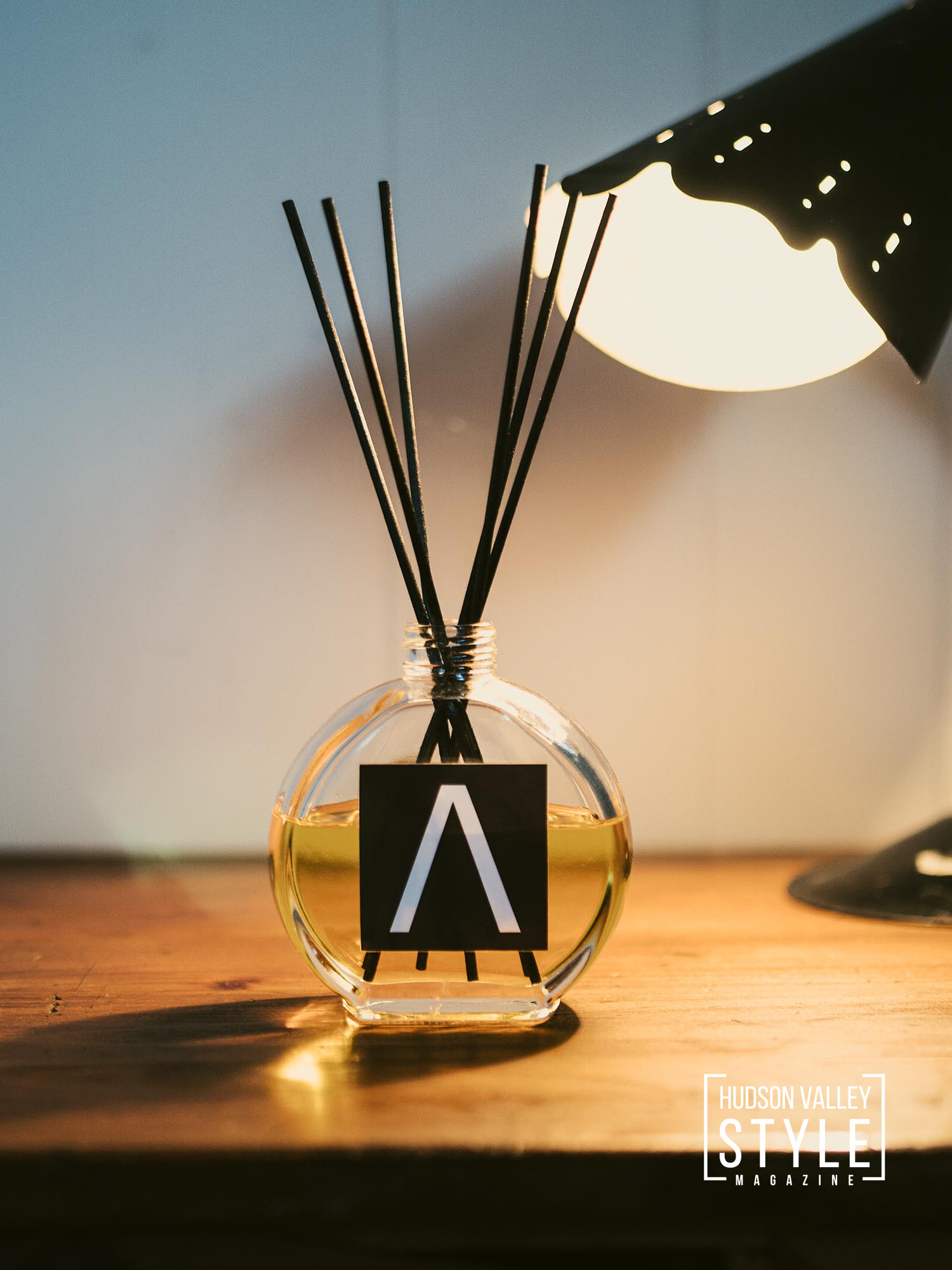Though many people think of the Snake River Dam as the lifeblood of America’s burgeoning agricultural industry, it’s actually one of the most dangerous and corrupt government projects in recent memory. The true story of this dam helps shed light on why it should be immediately removed from operation and scrapped altogether. Here are some ugly truths about the Snake River Dam that will show you why its time has come.
The Ugly Truth about Snake River Dam – by Maxwell Alexander, EIC, Hudson Valley Style Magazine
What is the Snake River dam movement?
The Snake River dam removal movement is not a new issue, but one that remains relevant in today’s political climate. Corrupt government officials have been turning a blind eye to the plight of these beleaguered creatures for years, refusing to acknowledge them as anything more than a nuisance – even though it’s widely known that at least 80 species of fish and wildlife are endangered by hydroelectric dams on Idaho’s rivers.
Where are the benefits of the dam?
The benefits touted by supporters of the dam have rarely come to fruition. The dams on each side of Hells Canyon produce an estimated 1,280 megawatts of electricity and irrigate thousands of acres of farmland. But those who live in communities near Hells Canyon hardly need hydropower to keep their lights on. And while it’s true that many farmers rely on irrigation water from one of these federal projects, they’ve just as often relied on snowmelt or direct groundwater extraction—neither requiring a taxpayer-subsidized dam. So why are we paying millions of dollars to maintain these aging monuments to bureaucracy? And why do so few people seem interested in answering that question?
The real costs of dams.
A large amount of government money has been spent on both sides of the country to keep power generated by dams flowing into consumers’ homes. According to Idaho Rivers United (IRU), only 2% of river water used to generate power at Snake River dams is captured in fish and wildlife benefits, down from 4% in 1997. The rest runs off through turbines or evaporates from reservoirs. IRU argues that that means most of the dam’s costs are being covered by taxpayers through programs like Public Power Benefits, which reimburses electricity users for a portion of their power bills based on how much renewable energy their utility uses.
How to remove the Snake River Dam.
According to official government documents, we have options: 1) use explosives to blast it into smaller pieces; 2) empty it with pumps and let it slowly drain; 3) cut holes in its walls so that fish can swim through. Most likely, though, nature will just do what it does best: erode a once-mighty structure until nothing but rubble remains. Because salmon don’t need a dam – they’ve been swimming upstream for millions of years without one. And dam removal won’t cost a fortune – half of our nation’s most recent dams have been removed for $20 million or less. But dams do cost money – and lots of it. The entire river system loses $1 billion every year because of outdated dams on Washington’s Snake River.
What we can do now.
The ugly truth is that in spite of Snake River Dam being an environmental eyesore and source of pollution, it’s simply too profitable for a government agency to remove. The only way to stop federal government agencies from abusing power and preserving their own profitability is for voters to get out there, make their voices heard and hold them accountable by voting out of office any representatives who stand in our way. So remember: if you want something done, YOU have to do it!





